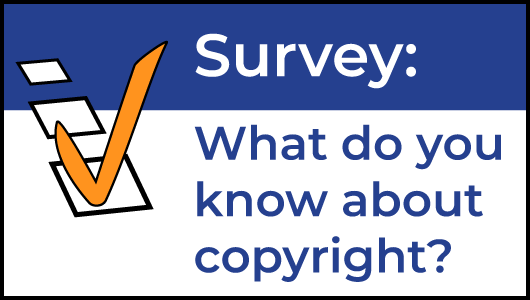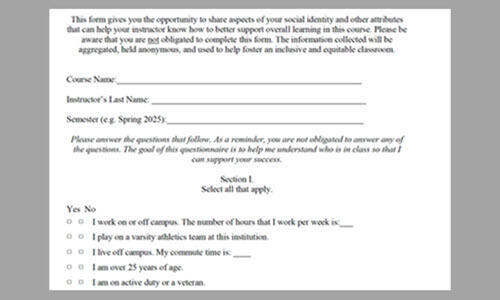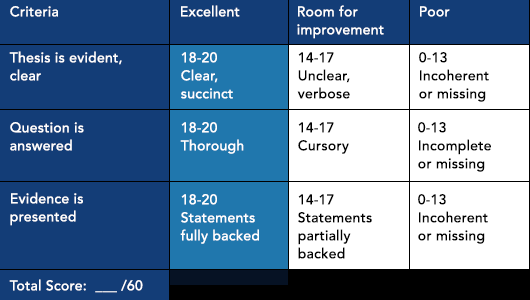communication
com·mu·ni·ca·tion
/kəˌmyo͞onəˈkāSH(ə)n/
Noun
The exchange of information and the expression of feeling that transfers information from one place, person or group to another. Many available tools and techniques help with the sharing of text, graphics, videos, and audio, and an understanding of "paralanguage" for the online environment (specialized social cuing) is key to encouraging and facilitating inclusive online learning communities.








